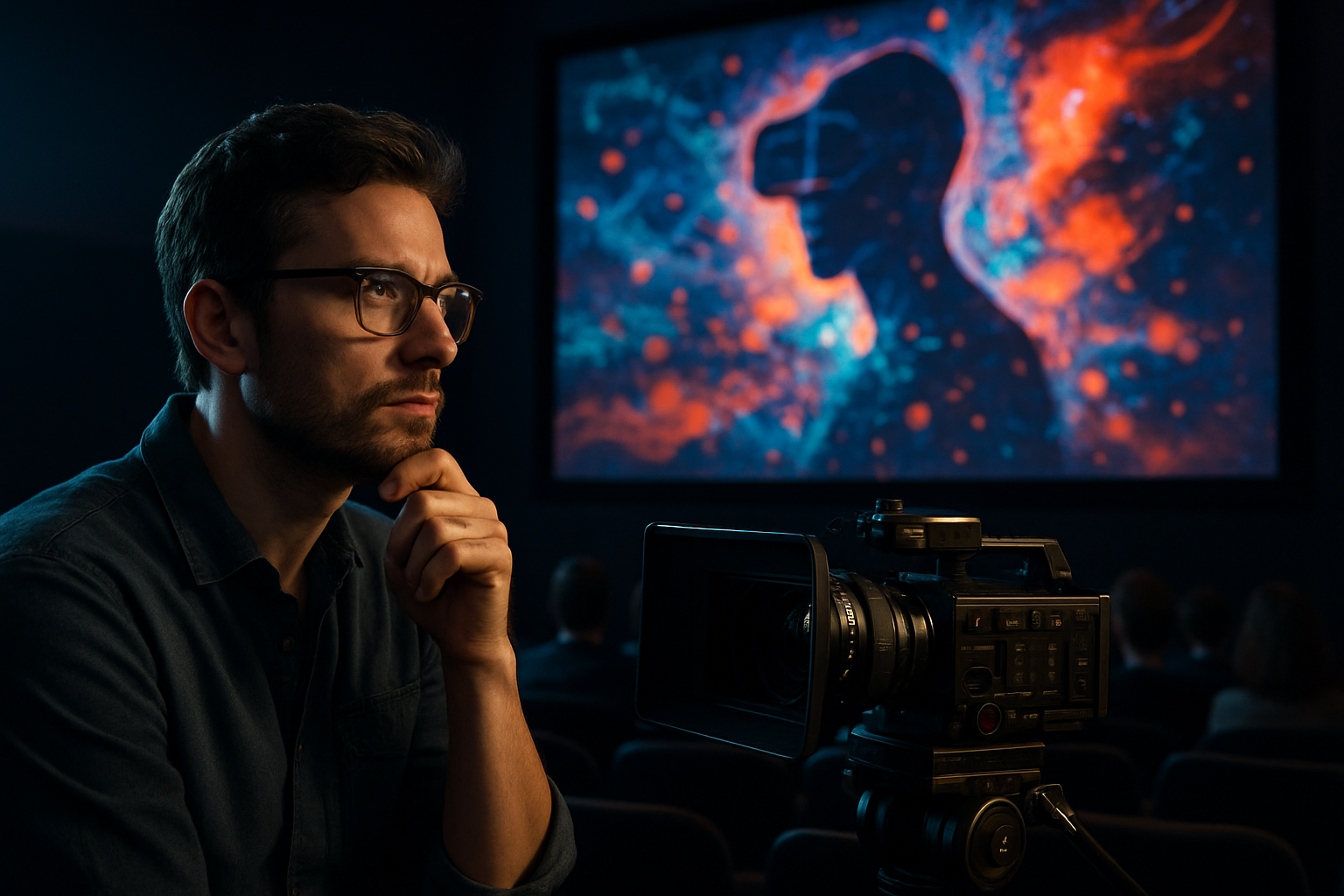Avant-Garde Cinema's New Wave: Experimental Narratives
In the ever-evolving landscape of cinematic expression, a fresh tide of avant-garde filmmakers is pushing the boundaries of storytelling to unprecedented heights. This new wave of experimental narratives is challenging conventional cinema, blending surrealism, non-linear structures, and innovative visual techniques to create immersive experiences that defy easy categorization. As audiences increasingly seek out thought-provoking and unconventional content, these bold creative voices are finding their moment in the spotlight, reshaping our understanding of what film can be.

Throughout the decades, avant-garde cinema has evolved alongside technological advancements and shifting cultural landscapes. From the French New Wave of the 1960s to the American underground film movement, experimental filmmakers have consistently pushed against the mainstream, offering alternative visions and narrative techniques that expand the possibilities of the medium.
Contemporary Avant-Garde: A New Frontier
Today’s avant-garde filmmakers are building upon this rich history while leveraging modern technology and responding to contemporary social issues. The result is a diverse and exciting landscape of experimental narratives that blur the lines between reality and fiction, linear and non-linear storytelling, and even the boundaries of the cinematic medium itself.
One notable trend is the integration of interactive elements, allowing viewers to participate in shaping the narrative. These choose-your-own-adventure style films challenge the traditional passive viewing experience, turning the audience into active participants in the storytelling process.
Breaking Down Narrative Conventions
At the heart of this new wave of avant-garde cinema is a willingness to dismantle traditional narrative structures. Filmmakers are experimenting with fragmented storylines, cyclical narratives, and even the complete absence of a conventional plot. Instead, they focus on creating atmospheric experiences that evoke emotions and provoke thought through unconventional means.
Some directors are exploring the concept of time in innovative ways, presenting stories that unfold in reverse, loop endlessly, or exist in multiple timelines simultaneously. These temporal experiments not only challenge viewers’ perceptions but also offer new ways of examining cause and effect, memory, and the human experience of time.
Visual Innovation and Mixed Media
The visual language of avant-garde cinema is evolving rapidly, with filmmakers incorporating a wide range of techniques and media. From hand-drawn animation interwoven with live-action footage to the use of found footage and archival materials, these mixed-media approaches create rich, layered visual experiences that defy easy categorization.
Advancements in digital technology have also opened up new possibilities for visual experimentation. Some avant-garde filmmakers are using AI-generated imagery, virtual reality, and augmented reality to create immersive worlds that blur the line between the screen and reality. These technologies not only enhance the visual experience but also raise profound questions about the nature of perception and reality itself.
The Impact on Mainstream Cinema
While avant-garde cinema has traditionally existed on the fringes of the film industry, its influence on mainstream filmmaking is becoming increasingly apparent. Major studios and established directors are incorporating experimental techniques and non-linear narratives into their work, recognizing the appetite for more challenging and unconventional storytelling.
This cross-pollination between the avant-garde and the mainstream is leading to a more diverse and innovative cinematic landscape overall. Films that might have once been considered too experimental for wide release are finding larger audiences, while big-budget productions are taking more risks with narrative structure and visual style.
Challenges and Controversies
The rise of experimental narratives in cinema is not without its challenges and controversies. Some critics argue that these films prioritize style over substance, creating visually striking but emotionally hollow experiences. Others worry that the increasing complexity of these narratives may alienate viewers, limiting their appeal to niche audiences.
There are also ongoing debates about the role of the filmmaker in these experimental works. As narratives become more open-ended and subject to interpretation, some argue that the director’s vision becomes less clear, potentially diminishing the authorial voice that has long been central to cinematic art.
The Future of Avant-Garde Cinema
As technology continues to advance and audience tastes evolve, the future of avant-garde cinema looks bright and full of possibility. Virtual and augmented reality technologies promise to create even more immersive and interactive experiences, potentially revolutionizing the way we engage with film narratives.
The growing accessibility of filmmaking tools and distribution platforms is also democratizing the world of experimental cinema, allowing a more diverse range of voices to contribute to this artistic movement. This influx of new perspectives and ideas is likely to fuel further innovation and push the boundaries of what’s possible in cinematic storytelling.
In conclusion, the new wave of avant-garde cinema and experimental narratives represents an exciting frontier in the world of film. By challenging conventions, embracing new technologies, and exploring the limits of storytelling, these filmmakers are not just creating art—they’re reshaping the very language of cinema for the 21st century and beyond.





